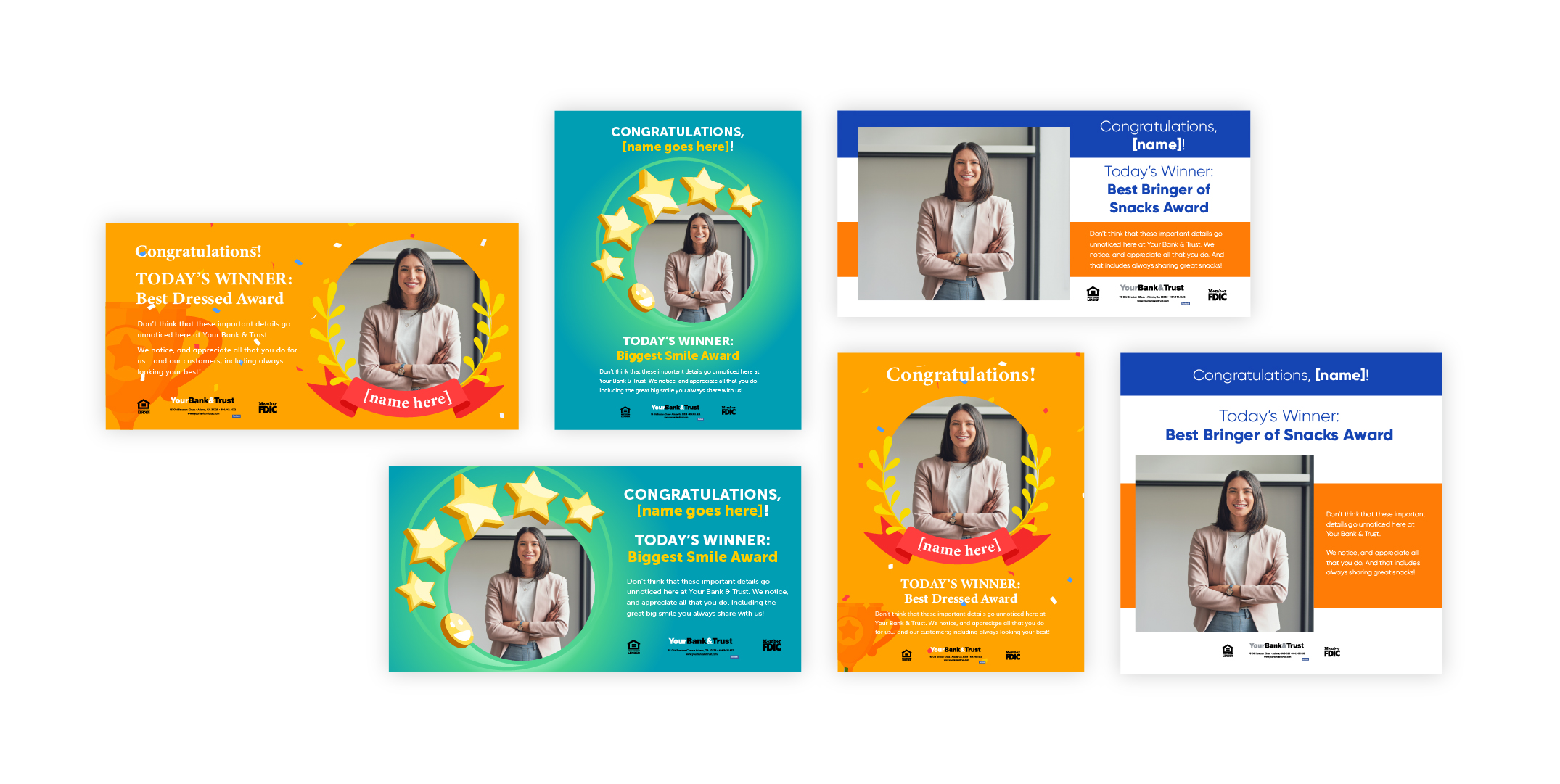
The secret to successful marketing is, of course, planning. Before you spend a dollar, you want to have a comprehensive picture of your market. Who are your potential customers? Where will you find them? What are they thinking? What should you say? What are your competitors saying? When is the best time to reach them? And, how can you get your message to them in the most cost-effective manner?
As a critical component of your overall marketing plan, social messaging deserves the same consideration as any marketing initiative. While at face value, social seems easy; why, it’s nothing more than posting to Facebook, right? Well, unfortunately, it isn’t.
So, where to begin. Before you even consider posting to Instagram or opening a Facebook account, here is what you need to do first:
Set SMART goals
Step one of any planning process is always goal setting. What are you looking to accomplish? Perhaps your goal is to build brand awareness. To generate qualified leads and drive sales. To cross-sell new products or services to existing customers. Or, to improve customer retention. This is where a SMART goal-setting framework can be of tremendous help. Establishing such a framework will help you create meaningful, measurable, and achievable social media goals that will support your business in the long run. What does SMART mean?
- Specific: A SMART goal must be specific. Goals that are specific are more readily measured, making it easier for you to track your success.
- Measurable: A SMART goal must be measurable. Reducing costs is a worthwhile goal, but it’s too vague. “Reduce payment and deposit processing costs by 20%” is a goal that, by contrast, can be measured.
- Attainable: A SMART goal should be attainable. Sometimes, you won’t be able to really determine the achievability of your goal until you’ve begun your efforts to accomplish it. If you set out with a goal to reduce your processing costs by 20% and find that you’re reduced those costs by 10% in the first month, you need to re-adjust your goal… aim higher!
- Realistic: Is your goal a realistic one? This is tied to “Attainable.” 20% reduction in cost seemed, initially, like a realistic and attainable goal. Again, perhaps we should have aimed higher and still can. You can always change your goal if you discover early in the process that it isn’t as realistic as you thought.
- Time bound: Every goal needs both a start and a finish date. Without a completion date, there’s no way to measure success.
The idea is that goals must meet these criteria in order to be effective. Let’s look at an example. Your financial institution is currently spending time and money on paper statements and would like to convert your paper statement customers to e-statement customers. Doing so benefits your business not only through reduced hard costs, but through back-office processing costs, as well.
You begin with a value statement that defines your goal for your customers: “We are an institution committed to 1) making banking with us as easy as possible and 2) sustainable practices and the preservation of our planet.” This will drive your social media messaging.
Now, what exactly are you looking to achieve? Let’s say that in one year you want to achieve the following goal: Convert 25% of paper statement customers to e-statement customers.
Here’s how your goal aligns with the S.M.A.R.T. framework:
- Specific: You have set a specific conversion goal; 25%.
- Measurable: Your progress toward this goal is easily measured.
- Attainable: Is a bar set at 25% too low? Too high? The beauty of this framework is that your goals are measurable. You will know, if you are tracking results – which you definitely must – if you’ve set too low a bar. Converted 5% in the first 6 weeks? That’s a pretty good indication that you need to re-adjust your goal.
- Relevant: Your goal has a direct impact on the world we live in. It’s topical.
- Time bound: The goals have a set deadline: One year.
Now that you have an idea of how to set goals, next we’re going to talk about social media channels and what they have to offer in terms of helping you grow your business.
About Bank Marketing Center
Here at BankMarketingCenter.com, our goal is to help you with that vital, topical, and compelling communication with customers; messaging developed by banking industry marketing professionals, well trained in the development of effective marketing communication, that will help you build trust, relationships, and revenue. And with them, your brand. Like the below ads, for instance, recently added to our library of content. To view our marketing creative, both print and digital – ranging from product and brand ads to social media and in branch signage – visit bankmarketingcenter.com. You can also contact me directly by phone at 678-528-6688 or via email at nreynolds@bankmarketingcenter.com. As always, I would love to hear your thoughts on this subject.
To view our marketing creative, both print and digital – ranging from product and brand ads to social media and in branch signage – visit bankmarketingcenter.com. You can also contact me directly by phone at 678-528-6688 or via email at nreynolds@bankmarketingcenter.com. As always, I would love to hear your thoughts on this subject.